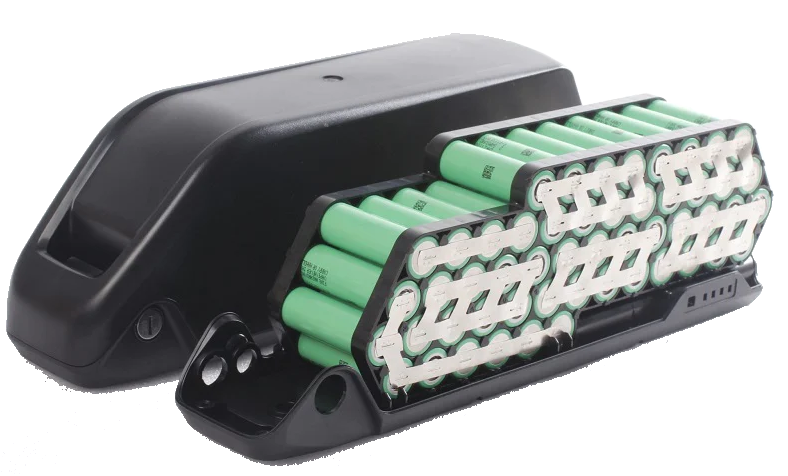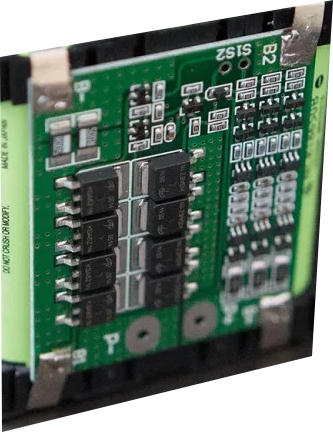
CHARGE!
The trouble with ebike batteries.Lots of people have seen stories on the news, or in the newspapers about ebike batteries catching fire or (blowing up). One recent story made the New York Times, and was reported on by the major news networks. The articles were very strong, and prompted some of our ebike customers to contact me about the safety of their ebike battery.
Just about all batteries that we use in our cell phones, laptops, ebikes and even electric cars are Lithium Ion. It is true that when they catch fire, it is a violent fire that burns very hot and is difficult to extinguish. While a cell phone battery is small, an ebike battery is big, and holds a lot more energy than a small battery. This is why the fires are more violent.
The truth is, ebikes have been like the Wild West for the last several years now. There has been very little, if any, regulation. Especially since the Covid lock downs in 2020, the popularity of ebikes has outgrown the industry’s ability to develop safe practices. (You may or may not have noticed, but we even paused our ebike offerings due to the difficulty of consistent product delivery through the pandemic and related supply chain disruptions.)
Now that we’re gearing up to offer ebikes again, I thought it might be time to address the news stories that we’ve seen over the last year, and provide you with some information you can use.
 There are 3 types of Lithium Ion Batteries, but we’ll talk about the cylindrical type since that’s the type that is used in most ebike batteries.
There are 3 types of Lithium Ion Batteries, but we’ll talk about the cylindrical type since that’s the type that is used in most ebike batteries.
Inside your great big bike battery is a series of small, cylindrical batteries (called cells) that are about the size of standard AA batteries. Each cell has a nominal charge of 3.6 Volts, fully charged at 4.2 Volts, and 3.0 Volts is considered ‘empty’.
Note: There are several 'no-name' manufacturers of these small battery cells. The name brands that have the best reputation are Samsung, LG, and Sony. We recommend a battery that uses one of these brands of cells in our Rodriguez ebikes.
Important Note: Never open up your bike battery case to examine the cells. This could result in a fire if something shorts out.
And now, back to the topic:
These smaller cells are connected together in such a way that together, they provide the higher voltage of 36, 48 or 52 Volts that your bike motor uses.
 Keeping track of everything (voltages, charge and discharge rates, etc.) is something called the Battery Management System, or (BMS). This is basically a little computer that keeps track of everything going on in your battery, and makes sure that it performs within tolerances that are safe.
Keeping track of everything (voltages, charge and discharge rates, etc.) is something called the Battery Management System, or (BMS). This is basically a little computer that keeps track of everything going on in your battery, and makes sure that it performs within tolerances that are safe.
Why does a Lithium Ion battery burst into flames?
-
Overcharging, or charging too fast. It’s important that the charger and battery work together so that the cells are charged at a safe rate. Your charger is designed to shut off when your battery reaches its full charge. Always use the charger that is designed for your battery. Using a different charger is dangerous. Pushing too much charge into the battery too fast can cause a cell to overheat and catch fire. Once one cell catches fire, the rest are soon to follow.
Here’s where at least one of those horror stories comes from in the New York Times. A guy bought a used escooter, and the battery wouldn’t charge with the charger provided. He borrowed several chargers until one of them kicked on. Well, the charger was not correct for his battery, and it ended in tragedy.
-
Over DIS-charging. Here’s where your BMS comes in. In normal batteries, like your old school flashlight, as the batteries die, the light gets dimmer and dimmer. Eventually, the voltage in the batteries goes all the way to 0, and there’s no more light.
In a Lithium Ion battery, dipping below 3 volts will cause damage to the cell. Your BMS monitors voltage and cuts the power if it dips below this limit. This is why your phone, ebike, or electric drill just works … until they abruptly stop. Your BMS says ‘STOP!’. This is protecting your battery.
If your BMS doesn’t operate properly and allows your cells to dip below 3 volts, then damage can set in. Continually over discharging will weaken a cell’s ability to discharge its energy and instead it will generate heat. The more damage, the more heat. Heat can eventually cause a cell to ignite, and then we have a cascading fire.
- Too much heat exposure. It’s not a great idea to leave your battery in direct sunlight on a really hot day. You also shouldn’t leave it next to a direct heat source.
So there’s a quick explanation of ebike batteries and why they catch on fire. Now, how about some ‘best practices’ when charging your battery?
- Never use a charger that is not designed for your specific battery.
- Make sure you own a fire extinguisher and know where it is. This is a good idea even if you don’t have an ebike. Make sure to get one that’s rated for lithium ion battery fires.
- If you damage your battery, have it inspected. The BMS can be damaged by external impact, and as you can see, it’s an important safety device.
- Don’t leave your battery unattended when charging it. Don’t charge it while you sleep.
- Make sure to switch your battery off after charging, and disconnect it from the charger.
- One great idea is a fire resistant charging bag for your battery. You can put your battery in it while it charges. These are available for about $40.
To be safe when you buy an ebike, make sure that the battery and charger have a safety rating from either the EU, or UL. This way you know that at least the battery has been tested, and is manufactured to a level of quality and consistency. There are a lot of really cheap batteries out there, and some of them are not built well.
So, while it’s still a bit of the wild west in the ebike world, changes are happening. We are selling a few different options, and all of our current options adhere to a UL (Underwriters Labratory) rating.
We have ebikes from Serfas starting at just $1,100. Or, we make custom Rodriguez models for those who really want something special. Check them out here.






